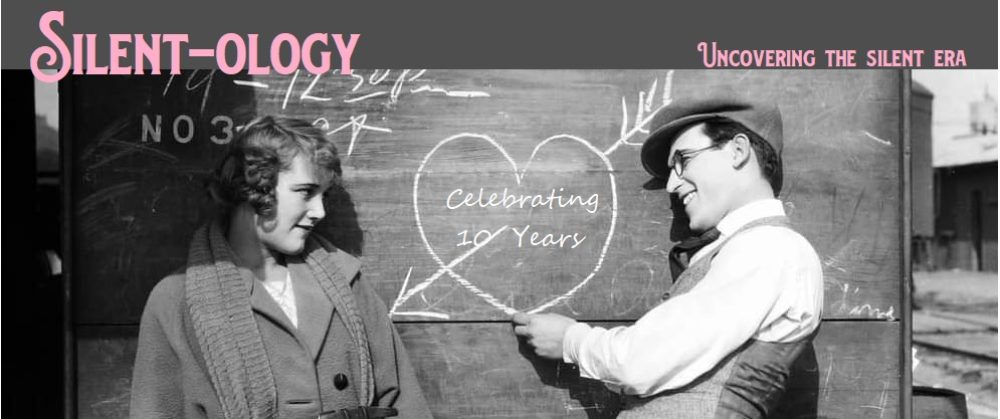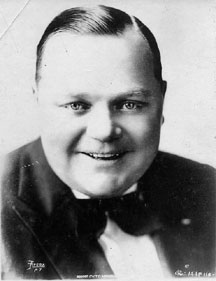As a follow up piece to my post about Hayakawa’s life and career, here’s a great interview with him and Tsuru from The Picturegoer, a U.K. fan magazine that was in print from 1911 until 1960. The writer, Viola McConnell, evidently travelled to Hollywood to get some in-person entertainment coverage and was invited to the Hayakawas’ mansion. She was clearly charmed by both of them and admired their beautiful, cultured home.
We hear a lot about Sessue, but can definitely stand to have more of his interviews floating around. I thought this one fit the bill nicely, capturing both Sessue’s dignity and Tsuru’s liveliness. A couple things I found interesting: Sessue talking about his desire to bring more Shakespeare plays to Japan, where they apparently weren’t well known; and the couple’s mention of their dream to make an epic film telling the story of Japan. An epic silent film version of that country’s entire history–a pity that project was never realized.
I kept the British spellings and other old-timey details. Note the use of “Nippon”, the old, formal way of pronouncing Japan. In 1921, only a year earlier, the U.S. had started requiring that Japanese imports be marked “Japan” instead of “Nippon”, and the English-speaking world gradually stopped using it. Anyways, enjoy!
The Picturegoer
Vol. 3, No. 14, February, 1922.
“EAST MEETS WEST”
“Nishiki Ware.”
“No, Satsuma. That’s a Satsuma vase.”
“Not that one. The taller one on the black stand is Satsuma.”
Thus we argued fiercely, a little bunch of guests in the corner our hostess devotes to Japanese curios. The vase in question was, as a matter of fact, Noritake ware. I hastened to tell them so, and was politely but persistently howled down.
Continue reading




